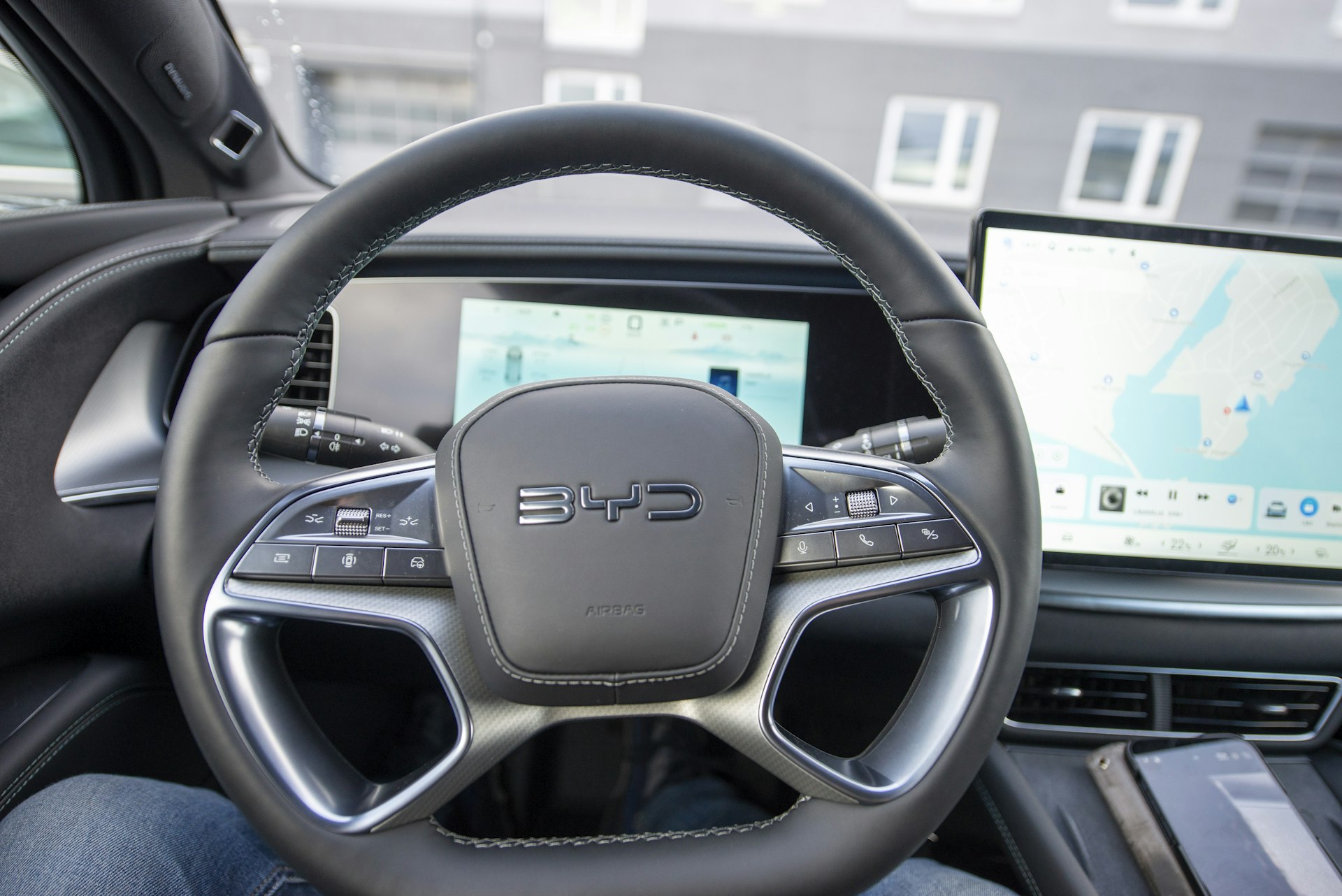How Subscription-Based Car Insurance Models Are Shaping the Future of Automotive Mobility

Photo by Gabriel Vasiliu on Unsplash
Introduction: The Evolution of Automotive Insurance
Car ownership is undergoing a dramatic transformation. Traditional models of buying or leasing vehicles with conventional insurance are increasingly giving way to subscription-based insurance models , which are predicted to play a pivotal role in automotive mobility by 2025. This shift is driven by changing consumer preferences, technological innovation, and a growing emphasis on flexibility and sustainability [1] . In this article, we explore the future of subscription-based car insurance, examine its key benefits, challenges, and practical implementation steps, and provide real-world insights supported by verified sources.
What Is Subscription-Based Car Insurance?
Subscription-based car insurance integrates the coverage needed for vehicle use into a recurring monthly fee, often bundled with other services such as maintenance and registration. Unlike traditional insurance, which typically involves annual contracts and upfront payments, subscription models offer flexibility, convenience, and predictable costs [4] .
Key Features and Benefits
According to industry experts, the future of car insurance subscriptions will center on several core features:
- Customizable Options : Users can select coverage levels that match their changing needs, whether for short-term excursions, daily commuting, or seasonal use [1] .
- All-Inclusive Pricing : Bundled payments cover insurance, maintenance, registration, and taxes, eliminating hidden costs and simplifying budgeting [3] .
- Technology Integration : Digital platforms and apps allow users to manage subscriptions, book vehicles, adjust insurance, and schedule maintenance conveniently from their smartphones [2] .
- Sustainability Focus : Subscription models increasingly offer access to electric and hybrid vehicles, supporting eco-friendly mobility and compliance with evolving emission standards [4] .
- Convenience : Seamless, contactless processes for vehicle delivery, pick-up, and insurance adjustments are becoming standard [1] .
Industry Growth and Market Trends
Market research indicates that subscription-based car insurance and vehicle models are gaining momentum worldwide. By 2025, more than 10% of new vehicles in Europe are expected to be registered via subscription, with the global vehicle subscription market projected to reach $35.49 billion by 2031, growing at an impressive CAGR of 34.2% [3] , [4] . This trend reflects increasing demand for mid-term flexible mobility solutions , especially among younger generations and urban populations [5] .

Photo by James Nilsson on Unsplash
Technology and Personalization
The integration of the Internet of Things (IoT) and app-based services is transforming the user experience. Insurance coverage can be dynamically adjusted based on driving habits, location, and vehicle usage, allowing for personalized risk assessment and pricing [2] . For example, a subscriber planning a road trip can instantly upgrade coverage via their app, while urban drivers may opt for reduced coverage during periods of low use.
This personalization extends to autonomous vehicles, as subscription platforms begin to offer bundled insurance and roadside assistance for self-driving cars. Subscribers could access a complete autonomous experience, turning commutes into productive or leisure time [2] .
Practical Steps to Access Subscription-Based Insurance
For consumers and businesses interested in exploring subscription-based insurance, the following steps provide a reliable pathway:
- Research reputable car subscription providers in your region. Major brands such as Care by Volvo, Porsche Drive, and Access by BMW offer bundled insurance and vehicle access [5] .
- Visit official company websites or contact local dealerships for up-to-date information on available subscription plans. Ask specifically about insurance inclusions , coverage limits, and cancellation policies.
- Compare subscription packages by evaluating monthly fees, included services (insurance, maintenance, taxes), and flexibility for vehicle swaps or upgrades.
- Review the terms and conditions of each provider, paying attention to regional variations in insurance requirements and regulatory compliance.
- If you are a business, consider contacting automotive consulting firms such as Deloitte for customized solutions and market insights [3] .
Note: If you cannot find a verified provider online, contact your local car dealership or insurance agent and ask about ‘car subscription services’ or ‘Vehicle-as-a-Service’ options.
Challenges and Solutions
While the subscription model offers many benefits, it is not without challenges. Consumers may hesitate to commit to long-term subscriptions due to unfamiliarity with the model or concerns about hidden costs. Additionally, regulatory hurdles and regional differences can complicate implementation for providers [4] .
To overcome these challenges:
- Subscribers should always request a detailed breakdown of costs and coverage before signing any agreement.
- Providers are advised to offer transparent pricing, clear insurance terms, and easy cancellation policies.
- Industry professionals can collaborate with regulators to ensure compliance and consumer protection, especially as autonomous and electric vehicles become more common.
Alternatives and Emerging Models
For those not ready to embrace full car subscription models, alternatives such as short-term rentals , ride-hailing services, and traditional leasing remain available. However, these typically lack the bundled insurance and long-term flexibility of subscription-based offerings [4] .
The rise of Mobility-as-a-Service (MaaS) platforms further expands user options, allowing integration of public transit, car sharing, and subscription vehicles under a single digital platform. Consumers may find that searching for ‘MaaS’ or ‘vehicle subscription insurance’ on the websites of major automotive brands and insurance providers yields the most current options.
Conclusion: The Road Ahead
Subscription-based car insurance models are rapidly reshaping the automotive landscape. By 2025 and beyond, they will offer consumers and businesses unparalleled flexibility, convenience, and access to advanced vehicle technologies. As the market matures, transparency, personalization, and regulatory compliance will be key to unlocking the full potential of these models.
For actionable guidance, start by contacting your local dealership, searching for ‘car subscription services’ on recognized company websites, or consulting with leading automotive advisory firms. Industry professionals and consumers alike can look forward to a future where car insurance adapts to individual lifestyles, preferences, and emerging mobility trends.
References
- [1] Loopit (2025). What to Expect from Car Subscription Models in 2025.
- [2] Loopit (2025). The Top Trends Shaping the Future of Car Subscriptions.
- [3] Deloitte (2024). Vehicle-as-a-Service.
- [4] MarketResearch.com (2024). Vehicle Subscription Model Gains Traction in Automotive Sector.
- [5] Jupiter Chevrolet (2024). The Impact of Vehicle Subscription Services on Traditional Car Ownership.
MORE FROM smartsavingsfinder.com













